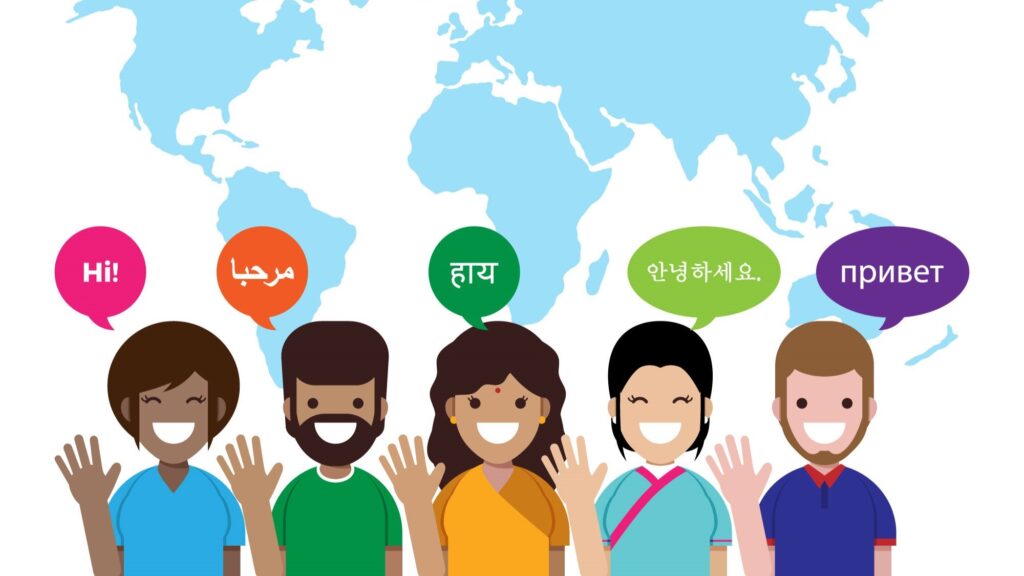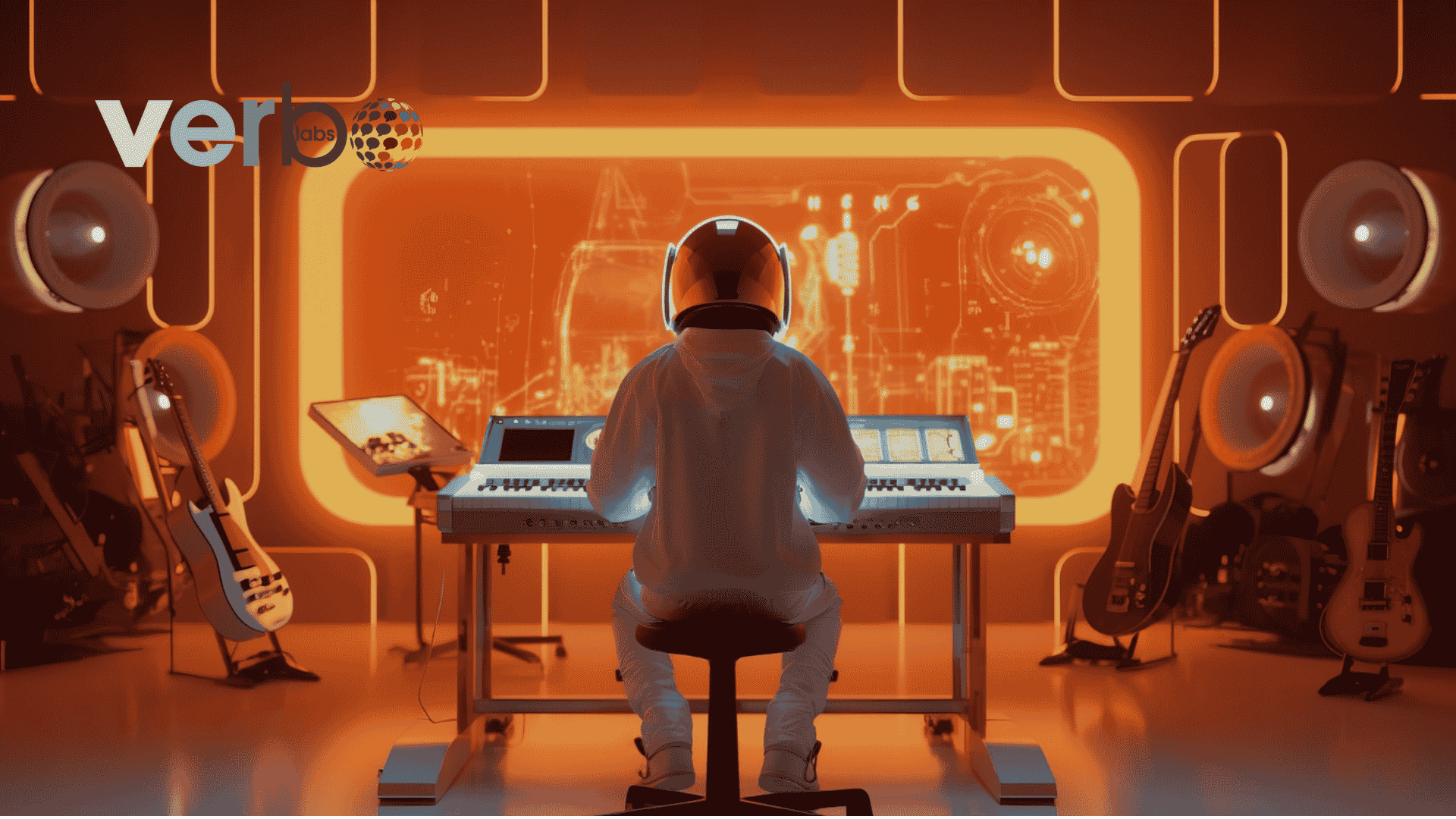
Future trends in anime dubbing include AI-powered voices, advanced sound engineering, and hybrid human-AI workflows that balance speed with authenticity.
The future of anime dubbing is at an intriguing crossroads. For many, the dubbing process was simple: actors were cast to record their lines while audio engineers synchronized audio to the visuals, and fans enjoyed localized work.
With the fast-paced anime technology trends, dubbing is now more than just the act of replacing voices; it’s becoming a blend of creative avenues and technological development (AI in dubbing), virtual sound engineering development (sound design and perhaps some sound editing), and hybrid production workflow (first dubbing, and then, if you will, looking at ADR or voice syncing) methodologies.
As anime continues to increasingly resonate with a global audience, these discoveries are redefining the way stories are told and how they are experienced. To stay ahead of these trends, many creators rely on expert partners like VerboLabs, a trusted localization company that ensures high-quality dubbing for global audiences.
AI-Powered Voice Acting: Opportunities and Concerns
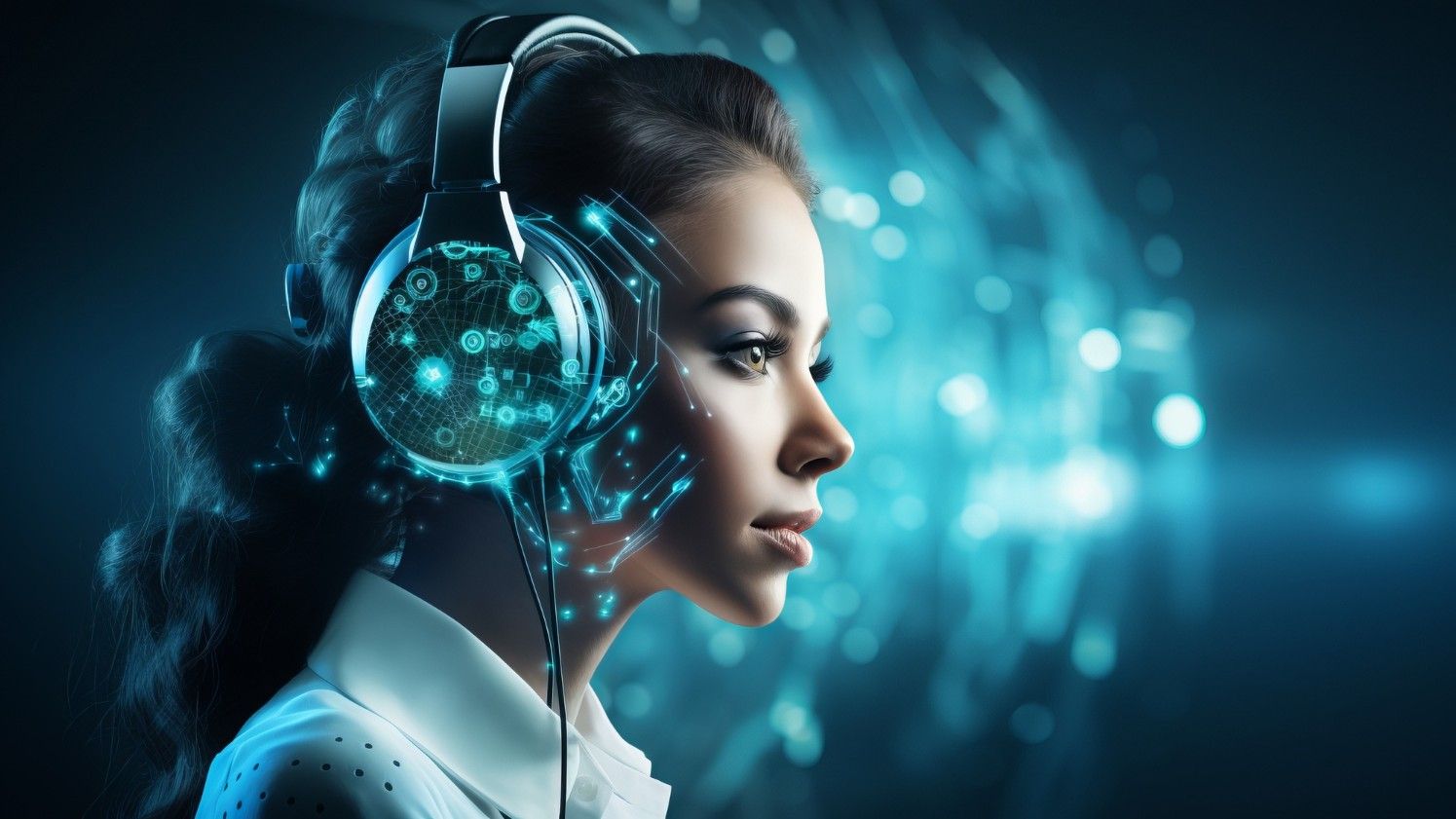
What is AI in anime dubbing?
It refers to using artificial intelligence to generate voiceovers that sound human-like, with faster production and multilingual reach. While AI is shaping the future, working with experienced providers such as VerboLabs dubbing services ensures quality, cultural adaptation, and audience engagement beyond what automation alone can achieve.
Dubbing has begun to change under the influence of artificial intelligence. A computer-generated voice can sound very close to a human’s voice, including tone, emotion, and accent. For the industry, this means efficiency, quick turnaround, lower costs, and the ability to localize anime in numerous languages at once. Imagine a series launching worldwide with nearly identical quality across ten different languages on day one; that’s the future of AI in dubbing.
But with opportunity comes concern. Can an algorithm actually enact the nuanced emotional performance that seasoned voice actors bring to their work? Fans have a deep emotional connection to their favorite character, and think about it: would a robotic reading or an artificial performance take you out of the moment? And what about the ethics of AI? Are we happy with machine-learning software mimicking human actors, and in some cases, do we need to do that?
The answer lies somewhere in the middle. We can expect AI to streamline several monotonous tasks; for example, matching lip flaps or generating a performance with the rough sounds. There is absolutely artistry and emotion in these performances that simply can’t yet be replicated through software. In this way, AI isn’t functioning as a replacement for voice actors but rather as a powerful partner. AI can significantly enhance anime dubbing by enabling same-day global releases in multiple languages, boosting accessibility for fans worldwide.
Virtual Production & Sound Engineering Advances
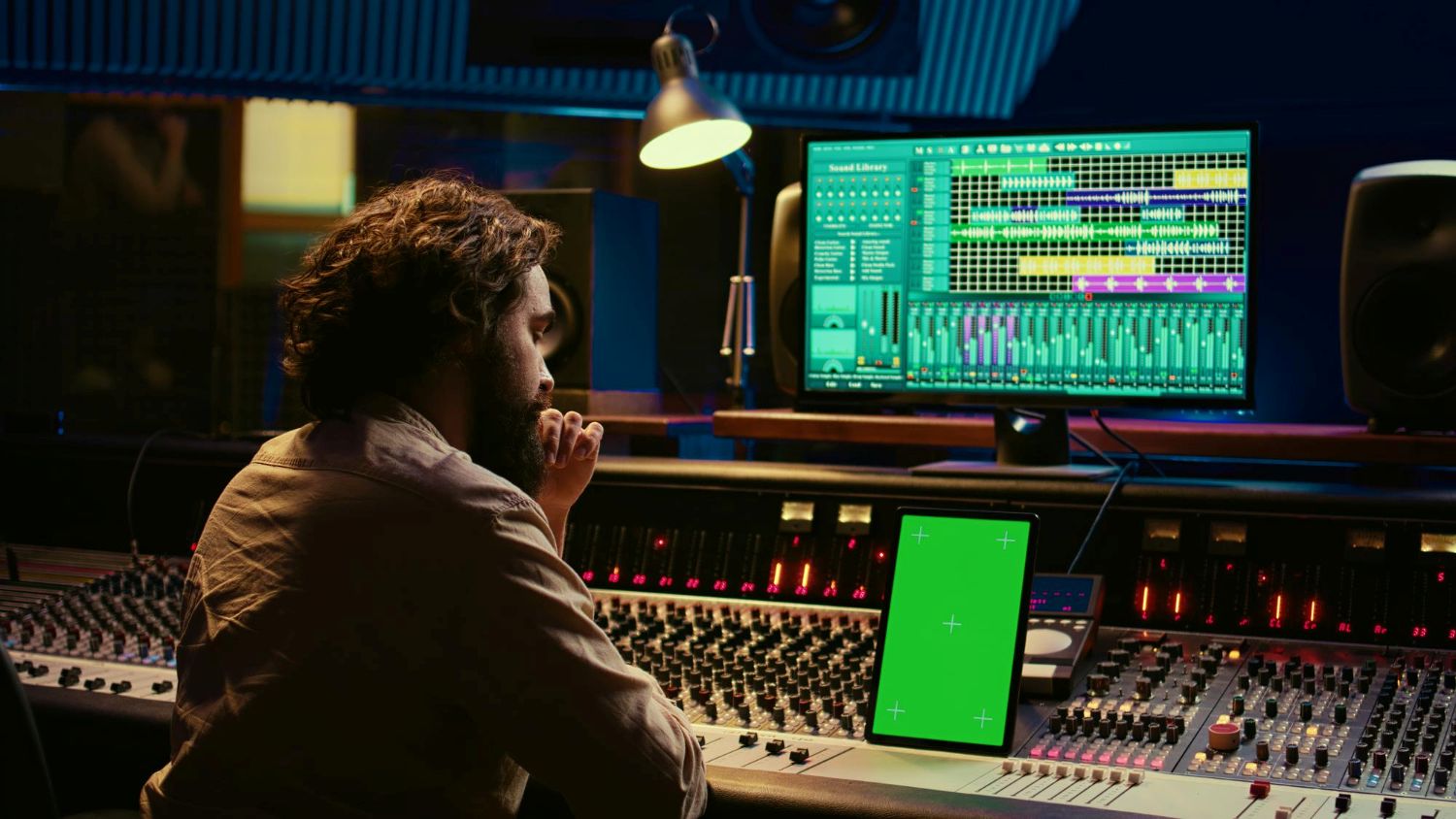
Although AI has been a huge topic, there is a quieter revolution happening in actual production environments. In the anime technology space, developments include advancements in immersive sound design and virtual production tools for editing in real time. These advancements help the final product sound more natural and synchronous than ever before.
For example, current lip-sync technologies allow engineers to modify a character’s mouth to align with the dubbed dialogue and have it sync seamlessly. In addition, the use of Dolby Atmos and immersive surround systems has made dubbed anime an immersive experience rather than solely a translation. Most importantly, there are even subtler tools to adjust reverb damping depending on the surroundings, or simply the use of spatial audio effects, that give viewers the sense that the characters truly belong to their world.
These advances raised the standards for anime dubbed globally, and fans expect a high level of production. Fans no longer accept or tolerate mismatched soundscapes or dialogue that does not sync naturally. Fans now demand “made-for-native” professional-level dub quality that is close to or is the same as the original production. New tech is allowing that. What are the latest dubbing technologies? Immersive sound design, spatial audio, and real-time lip-sync tools now make dubbed anime feel as authentic as the original.
Hybrid Models: Human Creativity+AI Support
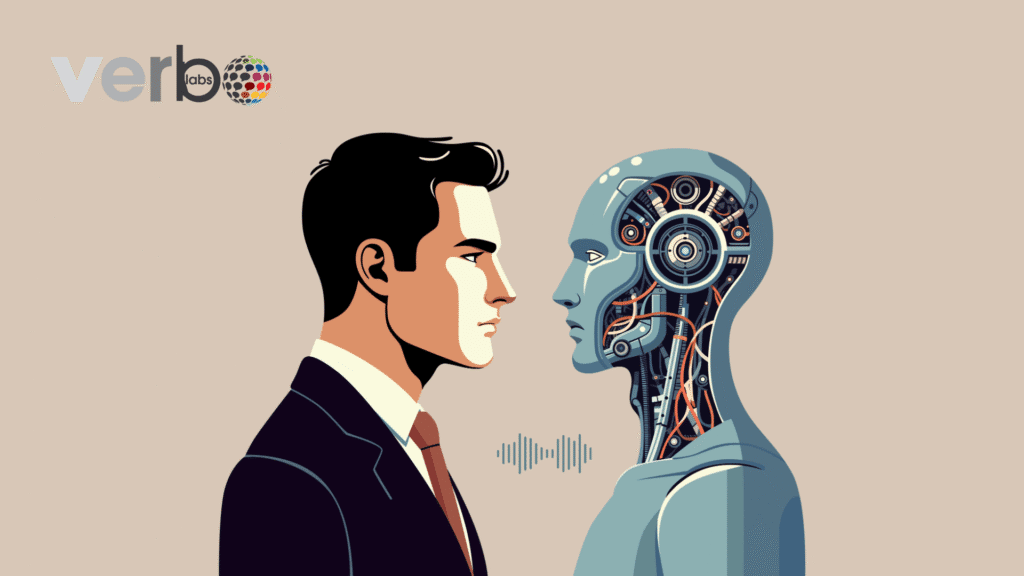
The greatest potential for the future of anime dubbing is its hybrid model, where AI performs the mechanical work and human employees add creativity, nuance, and emotional intelligence. The future of anime dubbing will rely on hybrid workflows where AI handles speed and precision while human actors and directors preserve emotional depth.
For example, AI tools may create a fast first translation and employ a rough dubbing of dialogue. A human writer or actor may then take this initial draft and add cultural context, humor, and personality that cannot be generated through AI automation. Engineers can then adjust the mechanical sync and infuse emotional beats in weathered sound design.
In this hybrid approach, the human aspect of dubbing is acknowledged while creating better efficiency with modern tools and technologies. Additionally, it opens up a new creative opportunity; actors may try multiple takes with AI-assisted playback, and directors can hear dubs before deciding on talent while comparing actors across languages. Technology does not then name the human element but enhances it.
This is where professional studios like VerboLabs anime dubbing services bridge technology with creativity, delivering authentic performances that resonate worldwide.
What Fans Expect from Future Dubbing
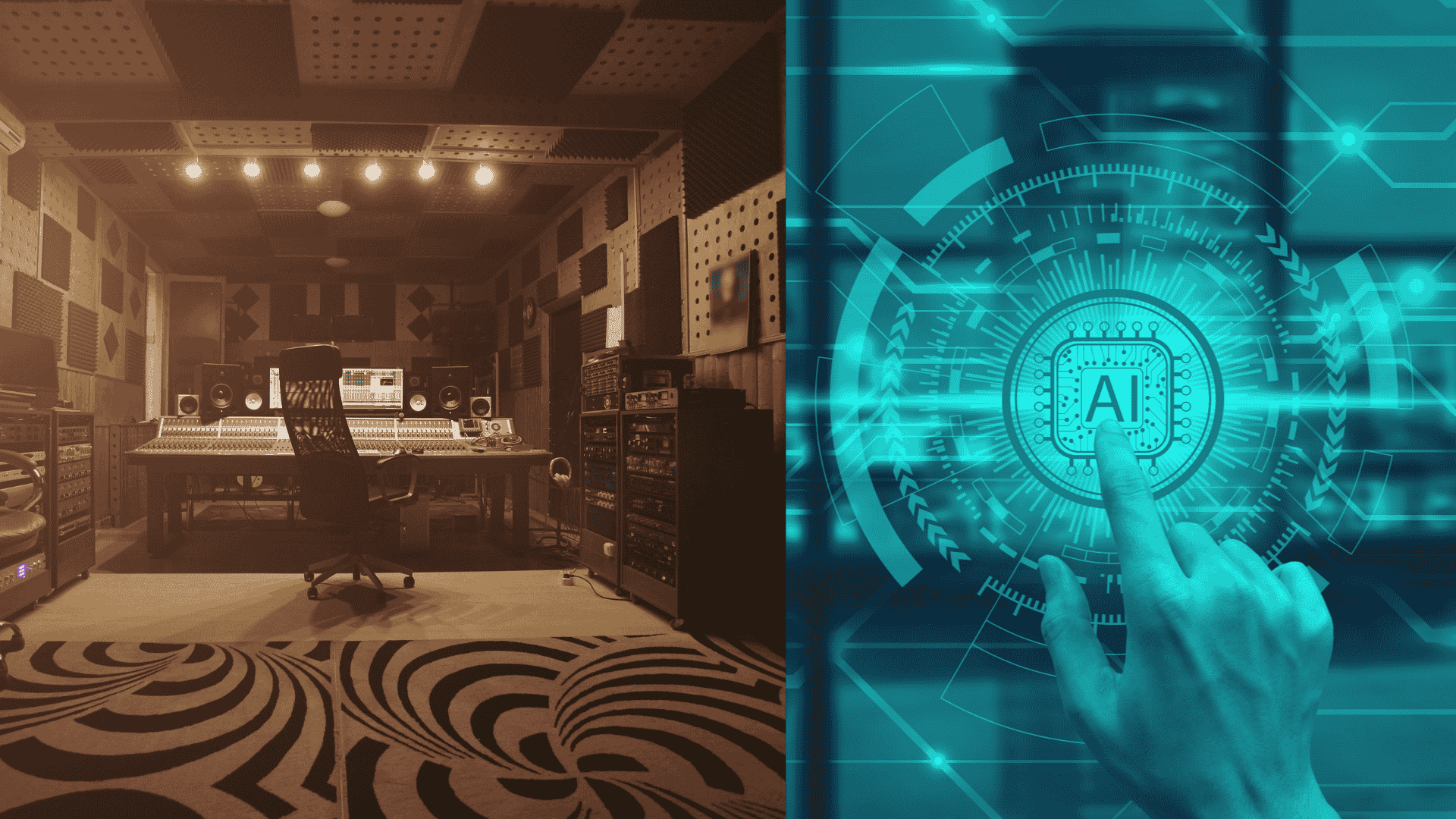
The anime community worldwide has become more passionate, expressive, and diverse than ever before. Therefore, the community has high expectations for anime dubbing in the future. Fans want future anime dubbing to be authentic, consistent, culturally relevant, and globally accessible without losing the human artistry
- Authenticity – Dubbing needs to respect the original vision of the anime. Characters should have the same personality, cultural implications, and feelings.
- Consistency – People do not enjoy it when a voice or feeling is changed from one season or language to another. Technologies can help improve the smoothness of experiences.
- Accessibility – Relatively soon, releases of a new anime will occur worldwide in different languages, and this will be more commonplace than not. Fans do not want to wait weeks or months for a dubbed version.
- Cultural Relevance – Literal translations are typically empty and unfunny, while localized dubbing can adapt the humor, slang, and references to allow a more diverse audience relevance.
- Innovation without losing heart – Fans are very curious about how AI and technology will help improve the dubbing of content, but do not want to lose the artistry. They wish for innovative solutions, not automated, soulless solutions.
Overall, the audience’s most significant value is authenticity above all else. Even with great technology, fans will reject dubbed content when it becomes void, computerized, or disconnected from the authentic components of the characters they enjoy.
Conclusion
The future holds excitement in the world of animation dubbing. Dubbing with AI gets speed and scalability. New engineering and virtual production methodologies offer levels of immersion. Although let us remember that dubbing is about telling stories and using human emotion and creativity, all of which shortcuts and added algorithms cannot achieve alone.
The future is the best of worlds: efficiencies through technology, but not the loss of the art that adds value. As trends continue, some in our industry will have to work together to find the balance for adding popular appeal to audiences while still representing authentic, forward-thinking dubbing.
For fans, this will only improve the experience, as there will be more immersive, more accessible, and more emotionally tangible experiences than possible. For creators, this is a way to have yet another different opportunity to increase limiting factors and have a smile while doing it, without taking away what makes anime so special.
In short, the future of anime dubbing combines AI efficiency with human creativity, ensuring global audiences enjoy authentic and immersive experiences. As technology evolves, partnering with experts like VerboLabs helps creators strike the right balance—leveraging innovation while maintaining emotional authenticity.
The anime dubbing industry is starting a new era. As an anime fan or creator, use this technology, but demand authenticity! Let drones and widgets enhance the sophisticated art of dubbing and not remove anything from it! The important thing to remember is that dubbing is not about the voice. It is about getting this art back to its written essence for others to experience around the world!

Shape the future of anime with authentic storytelling—explore VerboLabs anime dubbing services today!
FAQ
AI in anime dubbing uses artificial intelligence to create human-like voiceovers, making localization faster and multilingual.
Future trends include AI voice acting, hybrid human-AI workflows, immersive sound design, and real-time lip-sync tech.
No, AI supports efficiency, but human actors provide emotion, creativity, and authenticity that machines can’t replicate.
Fans will enjoy faster global releases, authentic sound, consistent voices, and access to anime in multiple languages.
Hybrid dubbing combines AI speed with human creativity, ensuring efficient yet emotionally rich anime experiences worldwide.


